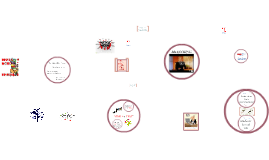Branching
Transcript: Spiral Whirl Explosion Spiral Branching 2)How are common patterns from nature reflected in academic content areas? It can be reflected in every day things we learn. For example, in Science Electromagnetic Radiation can mimic the pattern of meandering (waves). Chemical Reactions; goes from one state to another. 120 Angles Meander Branching Tornado Patterns Project Computer Crashes; can happen suddenly and destroy your computer 1)How are common patterns from nature reflected in man-made structures or devices? Through structures such as tree houses, Madison Square Garden, etc. is where you can see patterns reflected in nature Meander 120 degree angle Digital Media Patterns High-Voltage LED (offers a view of 120 degrees) Computer Viruses; causes the computer to go slow, eventually crash Science Patterns Spiral Model; model for technology shown in spiral form Essential Question Explosion 3)How do patterns operate as thinking tools that apply to problems and investigations? Because with everything that happens there is usually a pattern associated with it Whirl Atomic Bomb Databases; branches out data Fault lines DVD's; read in a whirl pattern 120 Angle Branched-Chain Alkanes; connects alkanes through a series of branches Electromagnetic Radiation; Acts as a wave Hurricane Cracking Essential Questions Essential Questions Cracking Soundwaves; moves to and from

















